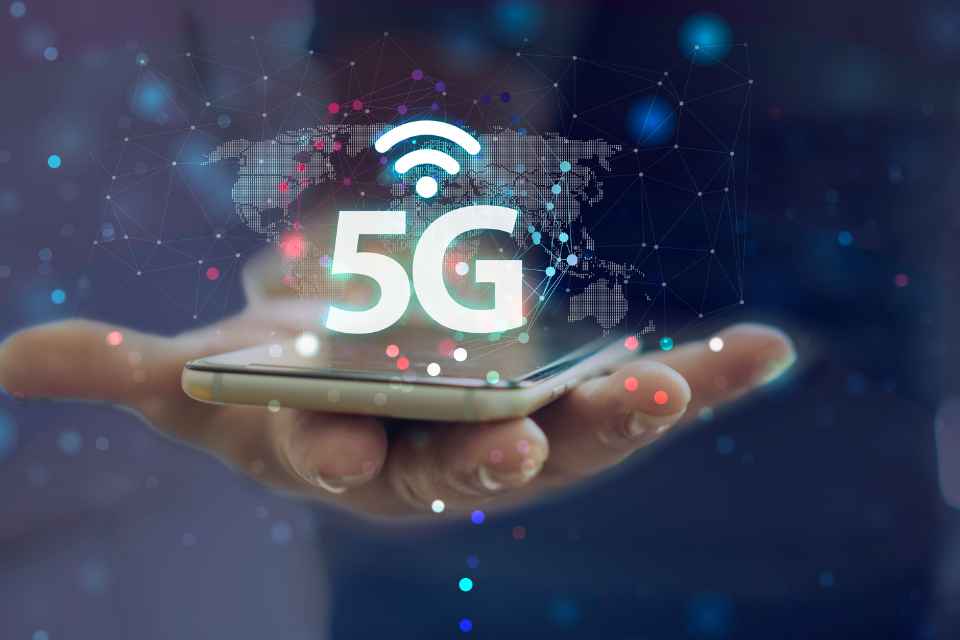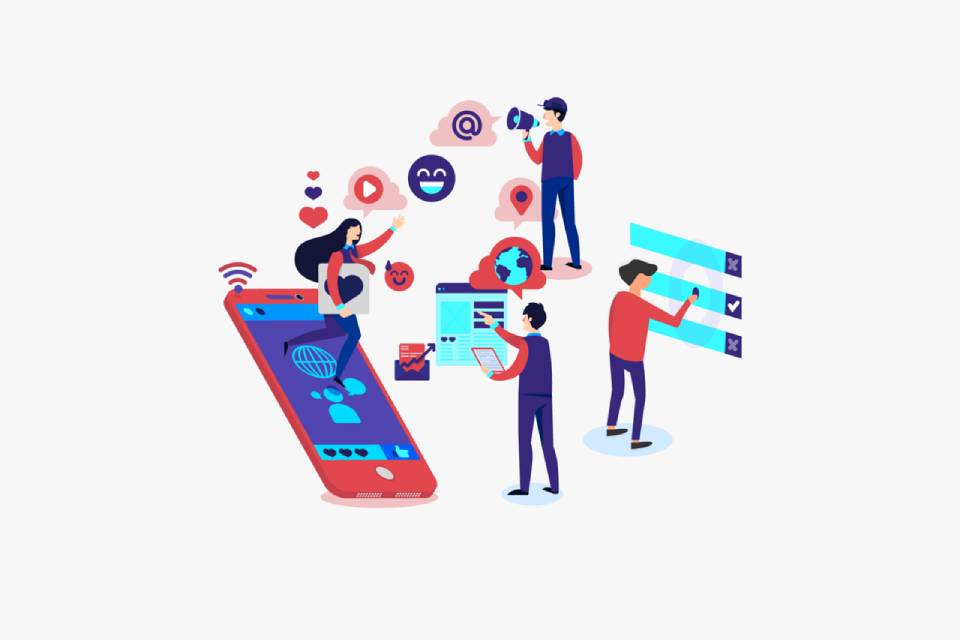There has been a lot of talk in recent times about 5G technology, a new standard in telecommunications that has come hand in hand with the Internet of Things and the smart city.
We review its advantages and disadvantages to understand the fifth generation of communications better.
Technological innovations advance at a dizzying pace. If we look back, we can discover everything we have grown in this area, and we can see in perspective the incredible speed of change and advances in ICT matters. This evolution has been parallel to the connection and transmission of data on our mobile phones, improving and revolutionizing our communication. GSM is far away, a communication system for mobile devices that allows (attention) the sending of up to 10 SMS per minute. Since then, we have gone through different types of networks until we reach 3G or 4G, which allows a connection speed of 100 megabits in motion and up to one gigabit at rest. We are witnessing a new standard in telecommunications, which replaces 4G. This is 5G, an essential concept to understand others, such as the Internet of Things or the Smart City, representing the culmination of the digital transformation we are immersed in.
Talking about 5G is about a data transmission speed a thousand times greater than we currently know. It means that you can call or browse the Internet faster than we are used to, and it also allows more devices to be connected simultaneously. This fifth generation of communications enables a web page on your mobile phone to be as fast as opening any file or high-definition videos to load in a few seconds. If we talk about data, 5G will reduce the time from transmitting it from one mobile until it reaches another to one millisecond; You can download a movie in less than 10 seconds. It is a technology that will increase the capacity to deal with the mass of connected devices in large urban areas. 5G will not only connect people thanks to the boost in telecommunications, but it will do so with other sectors such as automotive, homes, or health.
This technology has been accompanied by many myths, as has happened on other occasions with technological innovations, which do not precisely rest on any certainty or scientific verification. The scientific society has continued debunking the myth about the spread of the Covid-19 virus due to 5G. Some say that the network attacks the immune system and causes the virus to spread. Soon, the scientific community denied it and called this statement biologically impossible.
In addition, many doubts have arisen around 5G, such as whether it can be used with current mobile phones, connect to 4G and 3G, or arrive on mobile phones. To access 5G, the mobile phone must allow the connection at this speed. High-end mobile phones include a chip enabling connectivity, and some mid-range phones are joining the wave. Likewise, mobile phones that incorporate 5G also allow you to connect to 4G or 3G, and those that are manufactured. There are no compatibility problems. In the same way, there is no doubt that tablets, computers, or televisions will be able to benefit from 5G.
Advantages
Although some have already been discussed, we will list the main advantages of 5G.
Vertigo Speed: The fifth generation of technology overtakes fiber optics to the right. We have already discussed the speed the connection will reach with 5G, which will increase ten times compared to 4G technology, reaching 100MB per second. The data download will be instantaneous, so an HD video file will only take a few seconds to download. Likewise, latency, the time that passes from when it is transmitted from one mobile until it reaches another, is reduced to one millisecond.
Movement: if with 4G, it had been established that for speeds up to 300 km/hour, it would meet the standard, with 5G, that rate reaches 500 km/hour. That is, communication with the new generation will also be on airplanes.
Connection Density: This concept refers to the number of connected devices per square kilometer. In the case of 4G, it was up to 100 thousand devices per square kilometer. With 5G, that figure is increased since it allows up to one million connections per square kilometer. This means there will be no congestion in places where hundreds of people gather, such as sporting events, concerts, or festivals.
The connection speed added to the low latency causes mobile phones to use less battery, which is a notable advantage. The batteries in our mobile devices will perform better and last longer. It is estimated that 5G reduces energy consumption by 90%.
Other Devices: The transfer of tasks to other smart devices is more feasible from all of the above. As network speeds increase, the door opens to other smart device technologies, artificial intelligence, and virtual reality. The establishment of artificial intelligence, in particular, is the processor that is responsible for executing the multiple calculations that are required. However, with mobile phones connected through 5G, these calculations could be done on servers, representing a boost to artificial intelligence. It is opening 5G to use other devices and artificial intelligence means, for example, wearables (an Anglicism that refers to the objects we wear and that incorporate technology, such as watches, bracelets, or sneakers) can monitor our health online with health centers. Or that home devices can be connected and give way to improved higher quality, and safer home automation.
Disadvantages
Without wanting to be too doomsday or alarming, we must highlight the less positive aspects of the fifth generation of technology. Every evolution involves some risks, which must be known. We highlight some of the disadvantages of 5G, although the passage of time and the full use of this generation of communication will determine its weaknesses.
The radio frequency used by 5G is higher, which means that it will have less coverage and that operators will have to install a more significant number of antennas, which will entail more installation time to provide coverage for the entire country.
Those who want to use this technology on their mobile phones must have a device that can support 5G. Typically, newly manufactured and high-end phones have it incorporated. It will be a matter of time before mid-range mobile phones have what is necessary to benefit from the fifth generation of technology.
Lack of coverage: 5G coverage will only reach some places equally, a characteristic common to all technological developments. It will be the big cities that can join the bandwagon first. The same will not happen in more depopulated areas and rural environments. The installation of the structure necessary for the arrival of the fifth generation of communication will be gradual.
Cyberattacks on more devices: Cyber attacks can be more dangerous as more devices are connected to the network. Hackers could take advantage of these multiple connections to attack, for example, our home through home automation devices or our health through devices such as watches or bracelets that measure our performance. The Internet of Things is still vulnerable to cybercriminals.
Sustainability: It is predicted that using 5G can increase global electricity consumption by between 5% and 9%, simultaneously representing an increase in global pollution. However, the increase in renewable energies can alleviate this increase. We must add the impact that manufacturing new mobile devices adapted to this technology and replacing obsolete ones will have on the environment.
The price: Advances in technology have traditionally had to be paid for. If you want to be on the cutting edge of connectivity in the first waves, you’ll have to face the cost. This has been a constant in the evolution of communications technologies. Not all of us install the optical fiber at the first opportunity. Some preferred to wait until prices were somewhat more affordable. Something similar can happen with 5G.
Rumors, unfounded theories, and data have played their part regarding 5G. It is easy to get confused and carried away by inaccurate or uncertain data. Like everything, we will only know its advantages and disadvantages when we assume it is another part of our daily life and when the implementation is general.





